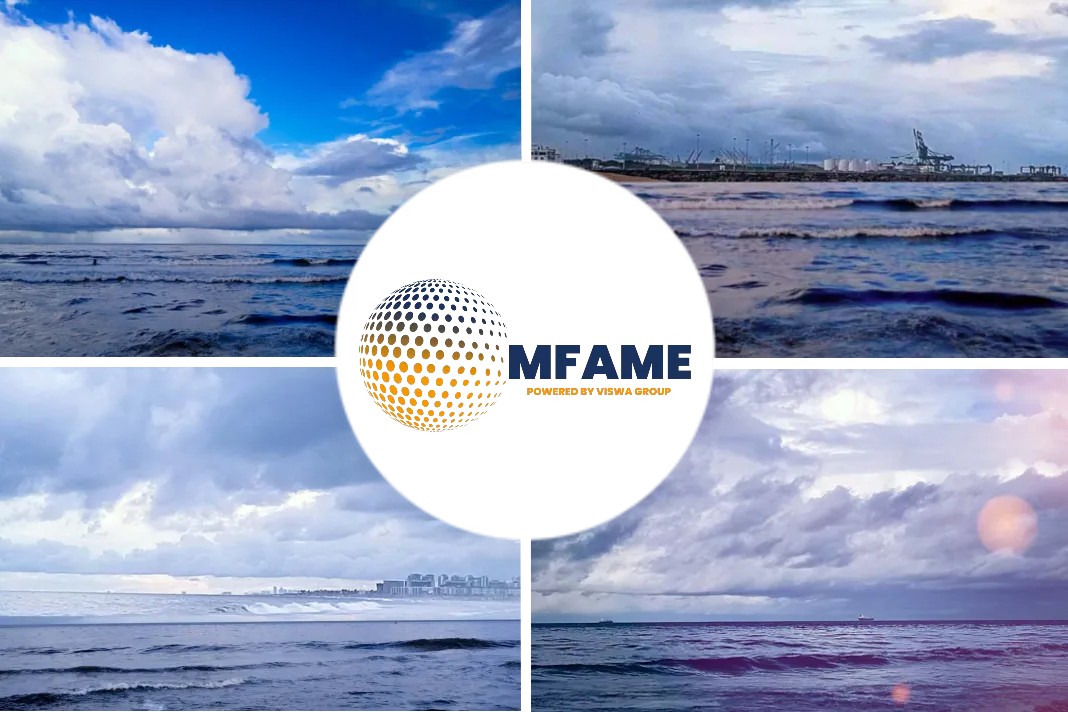According to a recent Argus Consulting analysis, the price differential between low sulphur marine gas oil (MGO) and high sulphur fuel oil (HSFO) is forecasted to surpass US$400 in the first quarter of 2020, reports Riviera Maritime Media.
LSFO and HSFO price spread
According to Argus consulting figures:
- The price spread between low and high sulphur fuels has been tracking upward over the last quarter, with an average spread of over US$250.
- But the forecast for Q1 2020, following the onset of IMO low sulphur rules, has been set at a spread of US$413-US$420, with 0.5% fuels slightly cheaper than 0.1%.
- The predicted to hover just below US$400 through the end of 2021.
Inherent uncertainties
Argus consulting services manager Matt Wright acknowledged the uncertainties inherent to low-sulphur fuel oil forecasting in the run-up to 2020 before he dove into a discussion about fuel market responses to the forthcoming sulphur cap.
Little risk in forecasting prices
Forecasting prices, he said, were “a little bit of a risk” during the leadup to the IMO mandate’s implementation, “and what I am saying could be wrong within a week”.
“We are starting to see that IMO is having an effect and the effect at the moment, to a certain degree, is Singapore strengthening the HSFO crack,” he said.
“There is significant reluctance to take a long position on HSFO, which is understandable. But on the other side, you have shipowners who could continue to want to bunker HSFO, but they are taking much smaller lots. So, supply is still tight.”
In northwest Europe, he said, more supply was in place.
Brent crude prices and HSFO
With the mid-September forward spread curve between Brent crude prices and HSFO sitting at -US$24/bbl, Mr Wright said Argus were expecting -US$30/bbl in 2020 as a differential, a spread the group initially thought was too high but were rapidly gaining confidence in.
“How the market reacts to the crack will determine how low it goes for how long and how long it persists for,” Mr Wright said.
“We think it could last for up to about five years, but I would say that is probably toward the longer end.”
Bunker fuel pricing
For bunker fuel pricing, Mr Wright set out his forecast points as:
- a drastic decrease in HSFO demand from shipping, increasing use of MGO and its importance in market pricing,
- uncertainty around how the 0.5% sulphur marine fuels market would trade and a need for new pricing and
- risk management tools to set parameters for the emerging market.
Increased scrubber uptake
A surplus in the HSFO marine fuel market would be offset partially by an increased uptake of scrubbers as well as added refinery investment, according to Mr Wright. If the crack remains weak, he said, refiners will be incentivised to “go lower”.
Mr Wright said market moves to produce very low sulphur fuel oil (VLSFO) were having a knock-on effect on gasoline, tightening the supply, but that gasoline was “looking long” due to structural issues in the market and resultant over-production.
Crude has not faced significant impact from impending IMO rules, he said.
Blendstock supply forecast
In terms of VLSFO supply, Mr Wright said there is so much flexibility in every single supply scenario, that all modelled outcomes “could flip 180 degrees”.
Forecasting blendstock supply globally, Argus foresees high production from China, Russia, Brazil and North America and significant variations between blends.
Beyond 2020
Looking beyond 2020, Mr Wright laid out a relatively rosy outlook for LNG, saying he was “becoming increasingly confident that LNG does have legs in the long-term” despite lacking infrastructure.
He said LNG tank capacity improvements pointed to the potential for growth in LNG bunkering for larger vessels and the emergence of large price spreads in the liquid fuels markets would encourage its uptake.
Did you subscribe to our daily newsletter?
It’s Free! Click here to Subscribe!
Source: Riviera Maritime Media



















